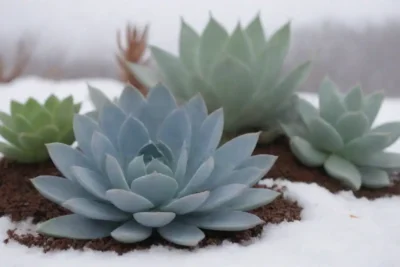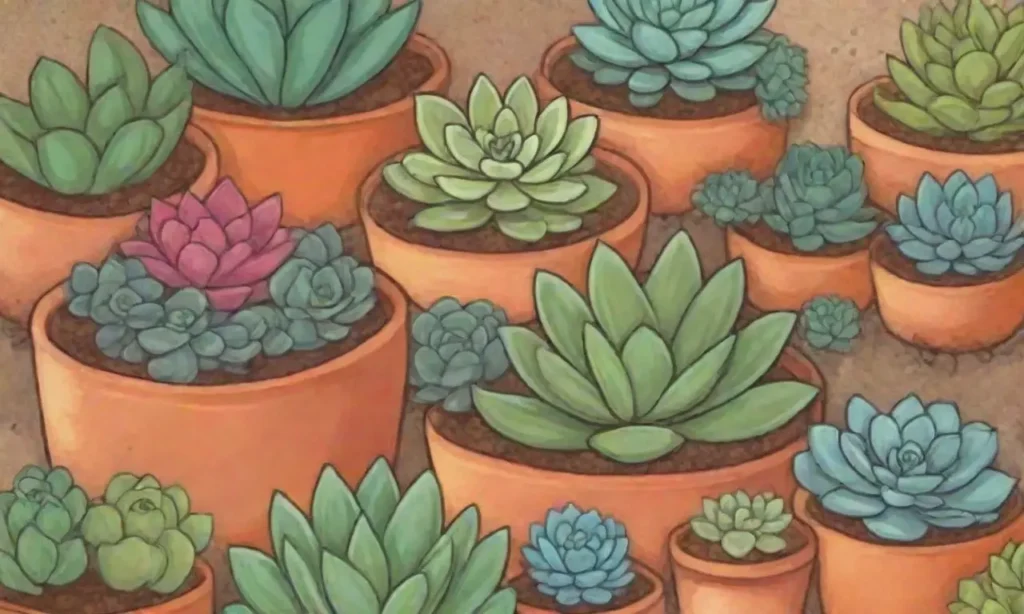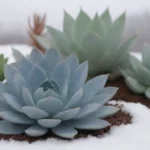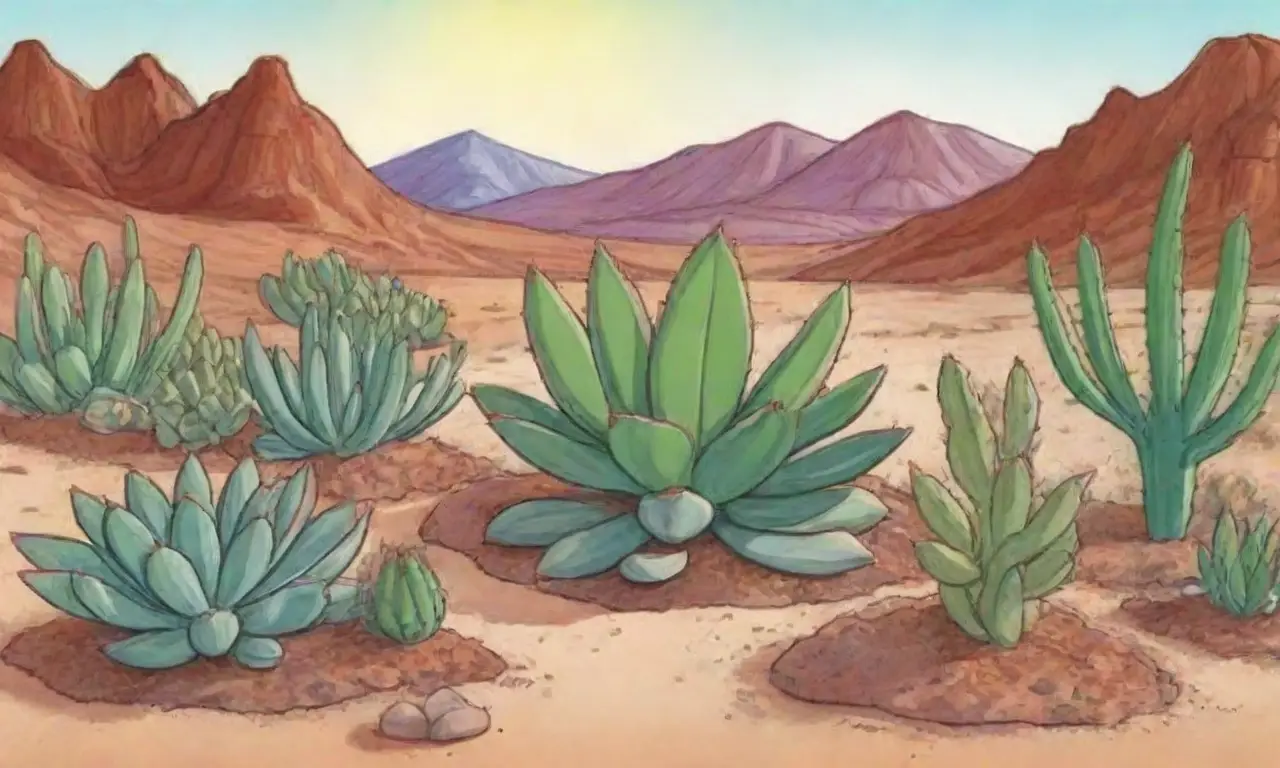
Finding the Ideal Soil Type for Outdoor Succulent Gardens

Introduction
Creating a thriving outdoor succulent garden begins with understanding one of the most critical components of successful plant growth—soil. It's not just about planting your succulents in the ground; the type of soil you use is vital to ensure your plants not only survive but flourish in their outdoor environment. Whether you're looking to create a stunning landscape display or a tranquil rock garden filled with diverse succulents, the foundation they grow in will significantly influence their health and vitality.
This article delves deep into the ideal soil composition for outdoor succulent gardens. We will explore the characteristics of the best soil types, the importance of drainage and aeration, and how to create a balanced mix tailored for your succulents. Along the way, we’ll discuss common pitfalls gardeners face and provide practical tips to help you achieve a flourishing succulent garden.
Understanding Succulent Needs
Succulents are uniquely adapted to thrive in arid environments, making them distinct from many other types of plants. Their thick, fleshy leaves and stems enable them to store water, which allows them to endure long periods of drought. However, while these tough plants can withstand dry conditions, they are highly sensitive to excess moisture. Therefore, understanding their soil requirements is essential for their survival, especially in outdoor gardens.
The Necessity of Proper Drainage
One of the significant features of the ideal soil for succulents is its ability to drain excess water efficiently. This characteristic prevents water from accumulating around the roots, which can lead to root rot—a common problem for succulent owners. Overly moist conditions create an environment where fungal and bacterial pathogens thrive, often causing irreparable damage to the roots.
To ensure good drainage, soil should be loose and airy. Ideal soil typically contains a mix of inorganic materials like sand or perlite. These components create spaces in the soil for air, allowing the roots to breathe while still providing enough moisture retention to keep the plants hydrated. When selecting a soil mix, look for one that specifically mentions excellent drainage capabilities or is labeled for cactus and succulent use, as these are usually formulated with the right ratios of ingredients necessary for optimal plant health.
The Role of Soil Composition
The composition of your soil is equally important. Ideally, succulent soil should be a blend of organic and inorganic materials. While succulents do not require heavily fertile soil, they benefit from some organic matter, which can provide essential nutrients while maintaining moisture balance. A common recipe for succulent soil includes a mixture of potting soil, coarse sand, and perlite or pumice, which helps retain just enough moisture without becoming waterlogged.
Each ingredient plays a specific role in ensuring the right environment for your succulents. For instance, potting soil often acts as the base and sometimes includes ingredients like peat moss that help with moisture retention but should be used sparingly to avoid compacted conditions. Conversely, materials like perlite and coarse sand are crucial for enhancing drainage, ensuring that the soil remains loose enough to support succulent roots without suffocating them.
 Common Mistakes to Avoid When Selecting Soil for Succulents
Common Mistakes to Avoid When Selecting Soil for SucculentsChoosing the Best Soil Types
With a foundational understanding of what succulents require, it's time to explore specific soil types that are suitable for outdoor gardening. Various commercial soil mixes are available for succulent lovers, but understanding their contents is essential to selecting the best fit for your unique garden needs.
Commercial Cactus and Succulent Mixes
Many garden centers offer pre-mixed soils that are ready to use. These cactus and succulent mixes are designed specifically to cater to the needs of these plants, combining the essential components of good drainage and moisture retention. Typically, these mixes contain a combination of sand, perlite, and some organic matter like compost or peat.
Using a commercial mix can save you time, but it’s worth doing your research on the brand, as quality can vary significantly. The best mixes will often state they are formulated with a high percentage of inorganic components for drainage. Check the bag for any additives; avoid those with excessive organic matter unless you're prepared to amend it yourself.
Homemade Soil Mixes
For those who enjoy a hands-on approach, creating your own soil mix offers an opportunity to fine-tune the ingredients based on your specific needs. A popular homemade recipe involves mixing equal parts of potting soil (preferably low in nutrients), coarse sand, and perlite. This combination will provide the desired aeration for your succulents while ensuring proper drainage.
To customize even further, consider incorporating gravel or decomposed granite into your mix. These materials add weight to the soil and offer additional drainage benefits, making them ideal for hot and dry climates. Remember, achieving the right balance might require several adjustments over time, so don’t be discouraged if your initial mix doesn't yield perfect results.
Alternative Choices
Of course, succulents can thrive in various soil types, depending on the climatic conditions and environmental factors in your area. In regions with heavy clay soils, experts suggest enhancing drainage by mixing in large amounts of organic matter and porous materials. Likewise, adding fines or crushed stone can improve the texture and aeration when dealing with denser soils.
Conversely, in sandy soils—where water drainage can be too rapid—you might consider increasing your organic content to aid in moisture retention. Be cautious, however, as too much organic matter can lead to compaction, suffocating the roots of your succulents. Always aim for a consistent blend that respects their unique adaptations to survive in arid landscapes.
 Winter Care for Succulents: Adapting Soil Types for Cold Months
Winter Care for Succulents: Adapting Soil Types for Cold MonthsMaintaining Your Soil

Once you've established your succulent garden with the appropriate soil type, the next step is maintaining it effectively. Success in gardening doesn't end with the initial planting; ongoing care is essential to ensure lasting health.
Mulching for Moisture Control
One effective strategy in maintaining optimal conditions for outdoor succulents is the use of mulch. While it may seem counterintuitive to add something that retains moisture to a garden full of drought-hardy plants, the right mulch can create a microclimate that supports your succulents. Organic mulches, such as shredded bark or wood chips, aid in preventing moisture evaporation from the soil surface, while also suppressing weeds that might compete for nutrients and water.
In addition, adding a layer of mulch creates a barrier that offers protection during sudden temperature fluctuations, helping the soil maintain its warmth during cooler nights or seasonal transitions. Remember to apply a layer that's no thicker than two inches. Applying too much mulch can trap excess moisture, leading to root issues.
Fertilization Practices
While succulents do not require hefty amounts of fertilizer, periodic application can support their growth, especially during the growing season in spring and summer. Utilize a diluted, balanced liquid fertilizer or a specialized succulent fertilizer that is lower in nitrogen, as too much can encourage soft, leggy growth that is less desirable. Scale back on fertilization in the fall and winter when succulents enter dormancy, allowing them to conserve energy and resources.
It's essential to do this sparingly and ensure the soil remains well-drained. Always inspect your plants for any signs of over-fertilization, such as brown tips on leaves. Adjust the amount or concentration based on your observations and the individual needs of your succulents.
Seasonal Considerations
Outdoor conditions can change dramatically with the seasons. As weather patterns fluctuate, pay attention to how they affect your garden. In extremely hot and dry summers, you’ll need to monitor soil moisture more closely, potentially adjusting watering schedules. Conversely, during rainy seasons, you may find it beneficial to create raised beds or mounds of soil to promote drainage, reducing the risk of water pooling around your plants.
 Testing Soil Drainage: Ensuring Your Succulents Thrive
Testing Soil Drainage: Ensuring Your Succulents ThriveAdditionally, it’s wise to amend your soil in the early spring, ahead of the growing season. Tilling in fresh ingredients, like gravel, perlite, or sand, can breathe new life into your soil, enhancing its structure and keeping it suitable for your succulents.
Conclusion
Establishing an outdoor succulent garden is an exciting and rewarding venture, but it all starts with the right soil. Understanding the specific needs of succulents, such as their affinity for excellent drainage and adjusted nutrient levels, is crucial for ensuring that they thrive in your garden. From exploring the best soil types to crafting your own custom blends, each step plays a significant role in your succulents' health and success.
Incorporating practices like mulching, careful fertilization, and seasonal adjustments not only aids in your plants’ growth but also enhances their overall resilience against adverse conditions. With the right knowledge and tools, you'll be well on your way to creating a beautiful, drought-resistant landscape that reflects both your personal style and the beauty of nature itself.
As you embark on your gardening journey, remember that patience and observation are key! Monitor your plants, adapt your practices based on their feedback, and remember to relish the beauty that your outdoor succulent garden will bring through the seasons. Happy gardening!
If you want to read more articles similar to Finding the Ideal Soil Type for Outdoor Succulent Gardens, you can visit the Ideal soil types category.

You Must Read